By The MobiHealthNews Team
Digital health and fitness devices were, yet again, a dominant topic at CES 2015. Companies showed off a number of activity trackers, sleep devices, an oral health tracker, connected weight scales, and a few adhesive temperature devices. This year, while quite a few companies unveiled new digital health offerings, others demo'd products that built on existing devices. Withings announced a lower-cost version of their fitness watch, Activite. Both Hexoskin and Sleep Number unveiled child-sized versions of existing products. Wellograph announced upgraded software for its existing smartwatch.
Read on for a working list of the new health and fitness devices on display in Las Vegas this week.
Garmin's three new activity trackers

Garmin announced three new activity trackers: fenix 3, epix, and Vivoactive. Fenix 3 offers features to track multisport activities including advanced fitness training, cross-country and alpine skiing, snowboarding, hiking, climbing, and trail running. Advanced features available in the fenix include an antenna paired with a 3-axis electronic compass, barometer, and auto-calibrating altimeter. Fenix has a suggested retail price of $499.99. Although Garmin’s other new smartwatch epix’s main functionality is general GPS mapping, the device can download apps that will use the its digital compass, altimeter, and barometer to track fitness activity. Epix has a suggested retail price of $549.99. Vivoactive, the least expensive of the newly announced smartwatches, uses an accelerometer to track activity and retails for $249.99.

Last year, in June, Withings announced a wristworn activity tracker, called Withings Activite, that looks similar to a regular analog watch. The watch, designed in a Swiss village that’s known as a center of Swiss watchmaking, has a stainless steel watch case, sapphire scratch-proof glass, and French calf leather straps. It costs $450. At CES this year, Withings announced a low-cost version of the device called Withings Activite Pop, which will cost $149.95. The Activite Pop offers all of the same fitness features that the Activite does, but is made with a PVD-coated watchcase and a "smooth silicone strap".
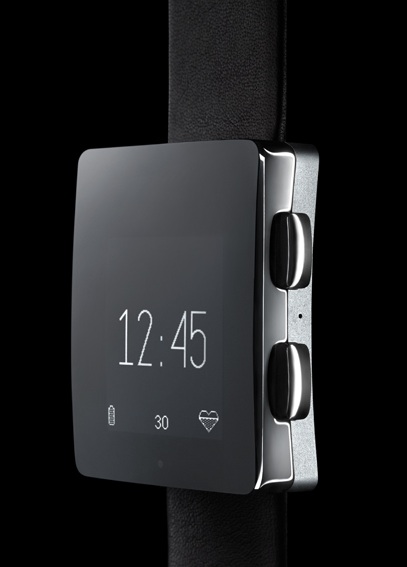
Wellograph announced its activity tracking smartwatch at last year's CES. The company's smartwatch has a built-in accelerometer and heart rate sensor and will display some fitness statistics on its screen. This year, Wellograph unveiled new software for the Wellograph device that features sleep tracking and body readiness testing. In the new operating system, on top of activity tracking, the watch will give users information on their sleep cycles, if they were in deep or light sleep, and data on their REM sleep.
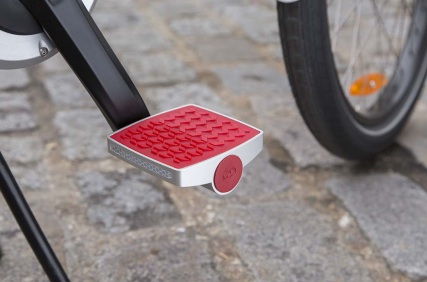
Paris, France-based Connected Cycle unveiled a smartphone-connected bike pedal. The pedal will notify the bike owner if their bike has been moved, but it also records the speed, route, incline, and calories burnt for all of the user's bike trips. Stats from the pedal are sent to the cloud and users can use a companion smartphone app to view them. The pedal charges itself so users don't have to worry about its battery life. Although only one pedal will have the smart technology, it is sold as part of a set for aesthetic reasons.
TAO Wellness's isometric exercise systems

TAO Wellness has created two exercise systems that the company presented at CES. The first device, called the TAO WellShell, and helps users to isometric exercises discretely in public places, for example on an airplane or at their desk during work. While TAO Wellness presented the device as a prototype at last year's event, since then, they launched a Kickstarter campaign for it and have now returned with a manufactured version. The other product, a prototype, called TAO Chair, allows users to work out while sitting down in their home. The chair's armrests move so users can push them with their arms or legs to work different muscle groups and strengthen their core.
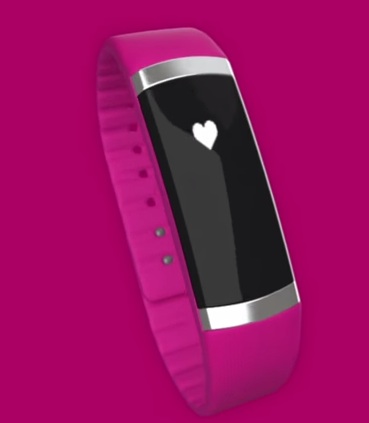
InBody has developed a wristworn activity tracker, which will cost $179 according to a report from Engadget. The company also said that the tracker measures body composition and will tell the user what their body fat is compared to lean tissue. InBody already offers four larger body composition devices.

Shelton, Connecticut-based Fitlinxx, maker of the BtoB activity tracker Pebble, announced at CES that the company had launched a crowdfunding campaign on Indiegogo for its newest device, a bandaid-like, direct-to-consumer, heart rate tracker, called AmpStrip. The sensor is a small patch that the user sticks on their torso. It tracks heart rate, calories burned, respiration, body temperature, and posture. Fitlinxx first announced the device in November 2014.
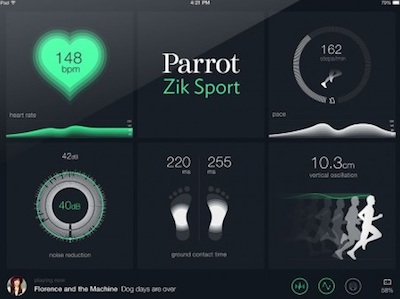
Parrot unveiled headphones with health sensing capabilities. The headphones track heart rate with an in-ear biometric sensor and analyze the user's running style, including cadence, ground contact time, and vertical oscillation. Users can view the data on a companion app. The headphones will also sync with other sport apps. (Just speculation, but this technology is likely licensed from Valencell. Will update once confirmed either way.)
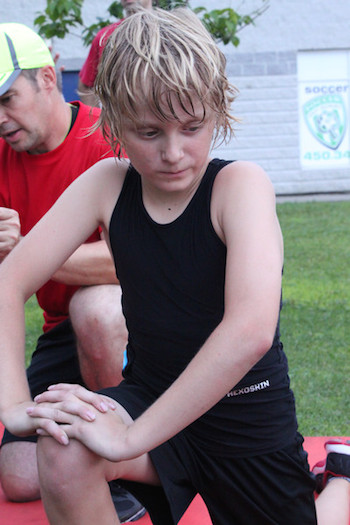
Hexoskin, maker of sensor-embedded clothing, unveiled Hexoskin Junior for youths. The shirt has all of the sensors as the adult version: heart rate, heart rate variability, breathing rate, respiration volume, calories burned, and steps taken per minute. The shirts are available online for preorder for $149. The adult version went on sale in early December for $169.
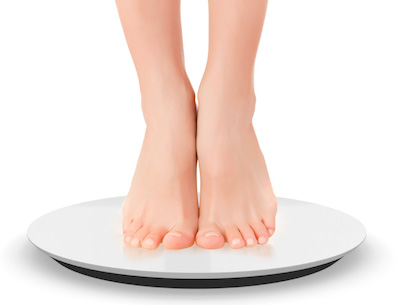
Qardio, maker of a connected, discrete blood pressure monitor, has announced two new products, QardioBase, a scale, and QardioMD, a heart health management system. QardioBase measures body weight, body fat, muscle, water and bone composition, and BMI. The device also has a pregnancy mode so that pregnant woman can track their progress. Qardio expects the scale to go on sale in the spring. QardioMD, a software program, helps care providers manage a patient's heart health by collecting and displaying EKG/ECG, heart rate, and blood pressure measurements from Qardio's devices. Qardio said the program will be available in the spring.
VivaLnk eSkin Thermometer patch

VivaLnk has developed a thermometer patch that sticks on the user and tracks the user's fever. It sends this data to a connected smartphone app. The company says the thermometer takes a reading in less than three seconds.
TempTraq from Blue Spark Technologies
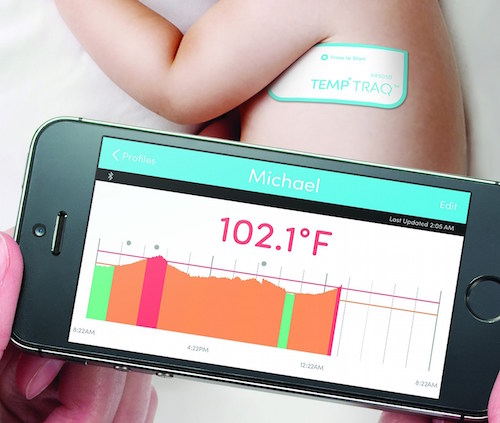
West Lake, Ohio-based Blue Spark Technologies unveiled a peel-and-stick Bluetooth-connected thermometer for parents with young kids. The product, called TempTraq, allows parents to continuously monitor their child's temperature via a mobile app, including setting up alerts when it exceeds pre-set parameters. The thermometer can measure temperatures from 86 degrees to 108.3 degrees fahrenheit. Its FDA 510(k) clearance is pending.
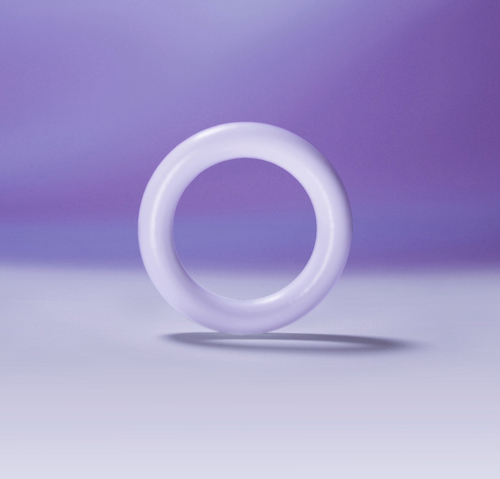
One more temperature sensor is from Prima-Temp, and it's aimed at women and couples trying to conceive a child. Called the Bloom Ring, the device is a connected, self-inserted device that measures a woman's core body temperature and then sends her a smartphone alert when she's most fertile. The company unveiled the sensor and app at CES, but didn't mention when it would be commercially available or at what price.
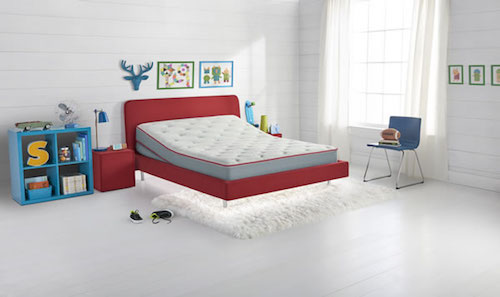
Sleep Number, which worked with BAM Labs to create its SleepIQ technology, announced a new bed for children. The bed is designed to adjust and grow as children age, and can be controlled by an app that either parents or kids can use, depending on the child's age and the parents' preference. It can also alert parents when the child gets out of bed and, like other SleepIQ offerings, measures average breathing, average heart rate and movement, and quality of sleep. The bed will be available later this year for $1,000.
nuyu Sleep System by Health o meter
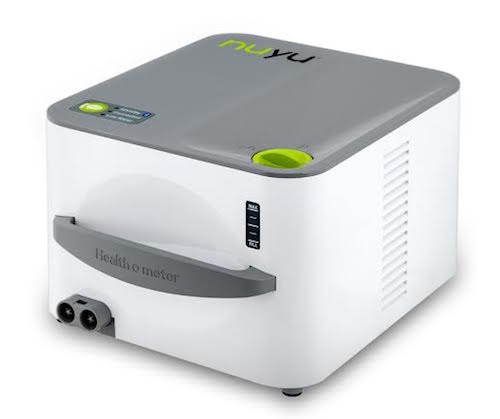
Another sleep tracker unveiled at CES15 was the nuyu Sleep System, which is also a temperature monitoring device. The system from Health o meter heats and cools the user's bed to promote optimal sleep health based on age, height, weight and ambient room temperature. It's built into a mattress pad that users fit beneath their sheets, and also serves as a sensor for sleep monitoring. Health o meter is also working on an activity monitor and a wireless scale.
easyTek Smart Hearing Aids from Siemens
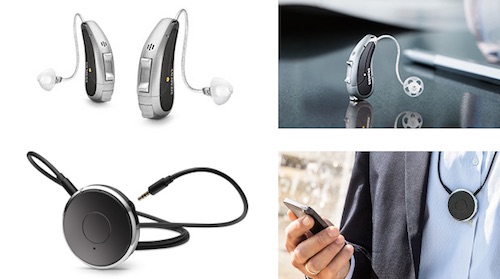
Siemens announced its easyTek hearing aids, smartphone-connected devices that feature microphones pointed in four directions -- behind, in front, to the right and to the left. Depending on where their listening focus is and where the most distracting background noise is coming from, users can adjust the levels of those four directions from the app. Alternately, they'll be able to activate a smart setting that makes that determination for itself and automatically adjusts the levels.
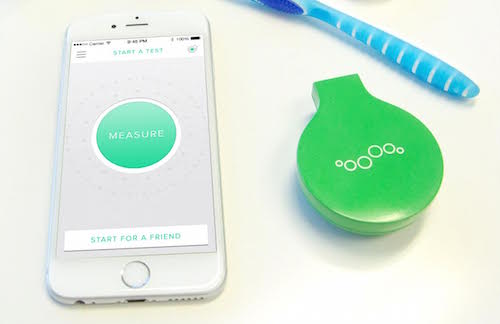
Breathometer has long planned to expand its product offering from breathalyzers into oral and even respiratory health. Their first product in that vein, Mint, is designed to improve oral health and hydration. Mint measures breath quality and hydration level. Mint is also crowdfunding right now on Indiegogo, where supporters can pre-order a device for $99. It plans to ship devices in August 2015.

This Italian-designed smartphone-connected breathalyzer's launch is actually a reboot: Floome ran an Indiegogo campaign back in 2013 but didn't get very close to its goal. Floome connects through the headphone jack of an Apple, Android, or Window’s device. The device’s aesthetics stand out, with a rounded design in a variety of colors. It also calculates the user’s time to sobriety, and it doesn’t require a battery at all. The device has a removable cap for cleaning, and the app sports graphing, social sharing, and cab-calling capabilities.

Independa, a remote care and aging in place technology company, announced that its Independa TV offering, previously available only through a health system, will launch direct to consumer in 2015. The Independa TV system allows older people who might be less familiar with technology to access picture sharing, messaging, video chat, calendaring, reminders, a help button, and more through a familiar technology. Independa also announced the launch of a mobile app version of its caregiver web portal, complete with HealthKit and (planned) Apple Watch integration.
Various products from First Alert
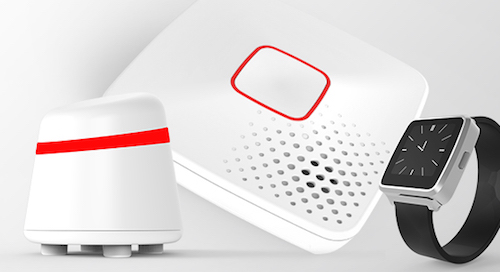
Home safety company First Alert, a subsidiary of the Jardin Corporation, is planning to roll out a suite of products in 2015, many of which are health or fitness related. The company announced a WiFi combined smoke and carbon monoxide alarm; a WiFi environment monitor that monitors carbon monoxide, temperature, and humidity; and a connected watch that monitors the user’s heart rate, activity level and calories burned, as well as sleep data at night.
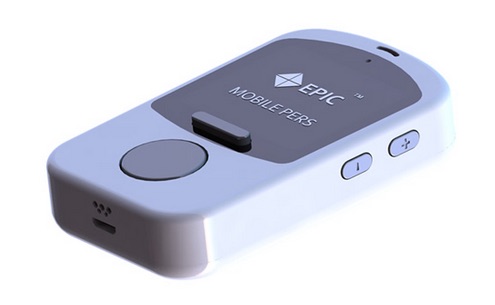
Vancouver-based Epic Safety (no relation to the EHR vendor) launched a new line of mobile personal emergency response systems (mPERS) called Epic Alert. The system includes a base unit, an automatic fall sensor, a wearable pendant, a door contact, a motion detector, and a waterproof wall unit. Through the pendant, users can have two-way voice communication with a help center, one-touch calls for emergency assistance, and automatic fall detection.
Baby GlGl from Slow Control (formerly HAPILabs)

Finally, the company that delivered the HAPIFork last year (a smart fork that detects how fast the user eats) returned this year with a smart baby bottle that monitors a baby's milk consumption, with an aim on preventing bouts of colic. The company has since changed its name from HAPILabs to Slow Control and rebranded the HAPIFork as the 10S Fork.
NEXT Page --> Read on for 19 more digital health devices that launched or made news at CES 2015...














